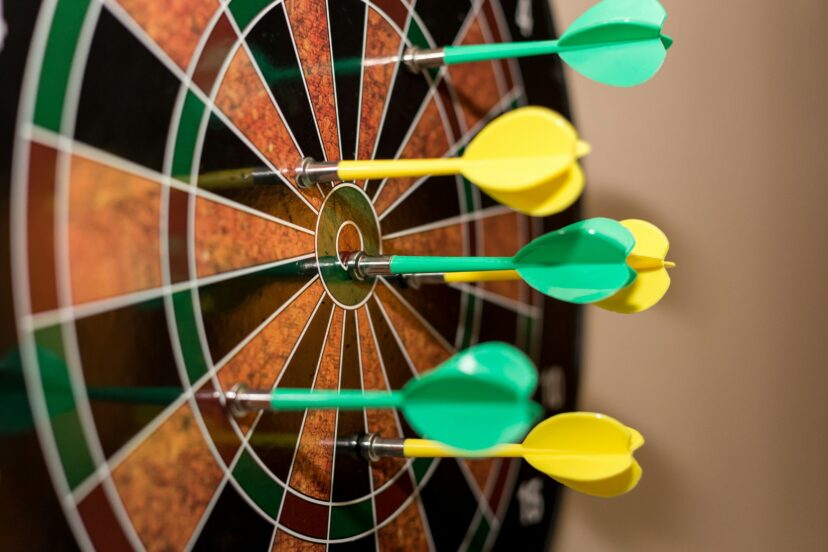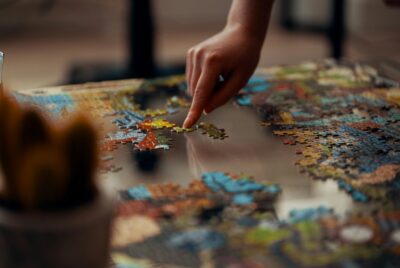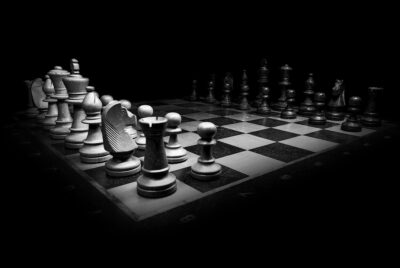Understanding the Different Roles in a Game Development Team
Understanding the Different Roles in a Game Development Team
In the dynamic world of game development, our success relies on the seamless collaboration of a diverse team, each member bringing unique skills to the table. From the visionaries who design intricate storylines and immersive worlds, to the artists who breathe life into characters and environments, every role is vital. We also have the programmers who write the complex code that makes everything function smoothly, and the testers who ensure our games are free of bugs and glitches. Together, we craft experiences that captivate players worldwide, demonstrating that every contribution is an integral part of the bigger picture. Have you ever wondered what exactly goes on behind the scenes when creating a video game? There’s an entire universe of creativity, technology, and teamwork that comes together to bring a game to life. Welcome to our deep dive into “Understanding the Different Roles in a Game Development Team.”
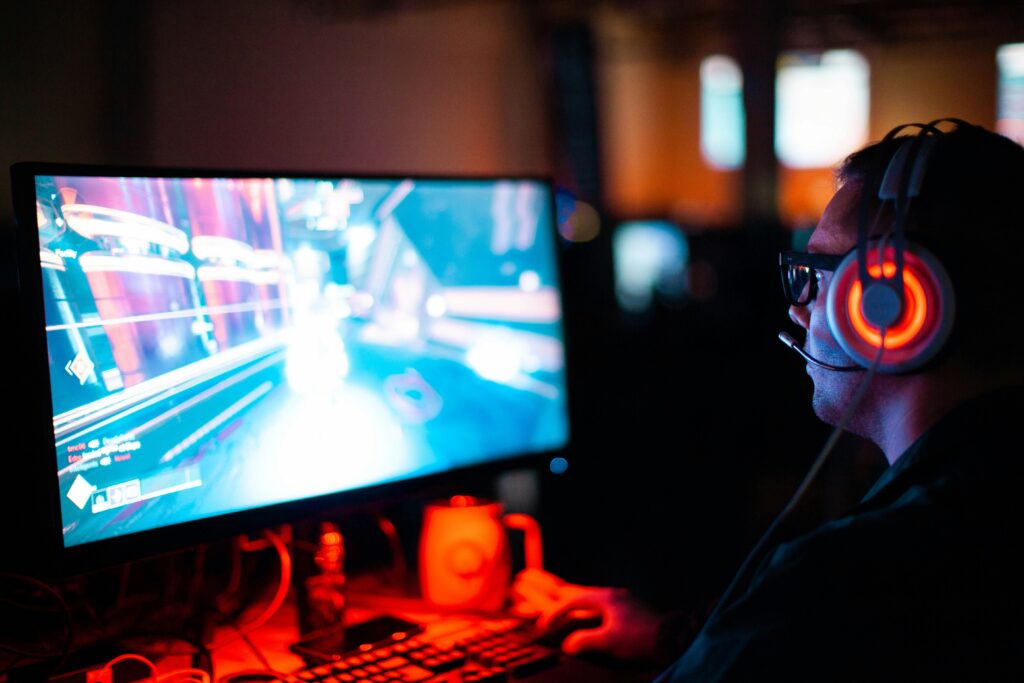
Introduction to Game Development Teams
Creating a video game is no small feat. It requires a blend of various skills, from artistic flair to technical know-how, and an incredible amount of coordination. In this article, we will explore the different roles that make up a game development team. By the end, you’ll have a better appreciation of the collaborative effort involved in turning a game from a concept into a finished product.
The Core Roles
In every game development team, there are a few key roles that are absolutely essential. These positions form the backbone of the development process, ensuring that the project moves from initial idea to finished game.
Game Designers
Game designers are the visionaries behind the game. They are responsible for coming up with the gameplay concept, the mechanics, the story, and ensuring that all elements come together to create a cohesive experience.
Core Responsibilities:
- Conceptualize the game idea and gameplay mechanics
- Create detailed game design documents
- Work closely with art, sound, and programming teams to ensure alignment
Programmers
Programmers bring the game to life by writing the code that dictates how everything functions. They translate the designers’ concepts into a playable and interactive experience.
Core Responsibilities:
- Write and troubleshoot code for game mechanics, AI, and interfaces
- Optimize game performance for various platforms
- Collaborate with designers and artists to integrate assets
Artists
Artists are the creative minds who design the visual aspects of the game, from characters and environments to user interfaces. Their work affects the game’s aesthetic and helps to immerse the player in the game world.
Core Responsibilities:
- Create concept art and design assets
- Develop textures, models, and animations
- Work with designers to ensure visual coherence with the game’s theme
Sound Designers
Sound designers craft the auditory experience, including sound effects, voice acting, and music. Their work adds another layer of immersion to the game, making the world feel alive.
Core Responsibilities:
- Create and integrate sound effects and music
- Work on voice acting and dialogue
- Ensure sound quality and alignment with the game’s atmosphere
Quality Assurance (QA) Testers
QA testers are the unsung heroes who ensure that the game is free of bugs and perform as intended. They play the game over and over, identifying issues and providing feedback.
Core Responsibilities:
- Identify and document bugs and performance issues
- Test game mechanics, levels, and features
- Collaborate with programmers to troubleshoot and fix bugs
Here’s a simple table to summarize the core roles and their responsibilities:
| Role | Core Responsibilities |
|---|---|
| Game Designers | Conceptualize gameplay, create design documents, coordinate with teams |
| Programmers | Write and debug code, optimize performance, integrate assets |
| Artists | Create visual assets, develop textures and animations, ensure visual coherence |
| Sound Designers | Craft sound effects and music, work on voice acting, ensure sound quality |
| QA Testers | Identify and document bugs, test mechanics and features, troubleshoot issues |
Specialized Roles
While the core roles are crucial, specialized positions add depth and expertise to the game development process. These roles may vary depending on the project’s requirements but are equally important.
Level Designers
Level designers focus on creating immersive and engaging levels or environments within the game. They ensure that each level is challenging and entertaining, in line with the overall game design.
Core Responsibilities:
- Design layouts for levels and game worlds
- Balance difficulty and objectives
- Implement feedback from playtests
Animators
Animators bring characters and objects to life with movement. Their work ensures that animations are smooth, realistic, and enhance the player’s experience.
Core Responsibilities:
- Create animations for characters, creatures, and objects
- Ensure seamless transitions between animations
- Collaborate with programmers to integrate animations into the game
Writers
Writers are responsible for crafting the narrative, dialogue, and any text that appears in the game. They shape the story and help to create memorable characters and plots.
Core Responsibilities:
- Develop the game’s storyline and narrative structure
- Write dialogue and in-game text
- Collaborate with designers to align the story with gameplay
User Interface (UI) Designers
UI designers focus on creating intuitive and visually appealing interfaces for the player to interact with. Good UI design is essential for a smooth and enjoyable gaming experience.
Core Responsibilities:
- Design the game’s menus, HUD, and other interactive elements
- Ensure usability and readability
- Work with artists and programmers to implement the UI
Technical Artists
Technical artists serve as the bridge between the artistic and programming teams. They work on optimizing content creation and ensuring that visuals are both high-quality and efficient.
Core Responsibilities:
- Develop tools and processes to improve art creation
- Optimize assets for performance
- Troubleshoot technical issues related to art
Community Managers
Community managers are the liaison between the development team and the game’s audience. They manage the game’s online presence, handle feedback, and foster a strong player community.
Core Responsibilities:
- Engage with the game’s community through social media and forums
- Gather and relay player feedback to the development team
- Coordinate community events and promotions
Again, let’s summarize these specialized roles in a table for easier reference:
| Role | Core Responsibilities |
|---|---|
| Level Designers | Design and balance levels, implement feedback |
| Animators | Create character and object animations, ensure smooth transitions |
| Writers | Craft the storyline, write dialogue, align story with gameplay |
| UI Designers | Design menus and HUD, ensure usability |
| Technical Artists | Develop tools for artists, optimize assets, troubleshoot issues |
| Community Managers | Engage with community, handle feedback, coordinate events |
Management and Support Roles
In addition to those on the creative and technical frontlines, management and support roles are crucial for keeping the project on track and ensuring that the team functions smoothly.
Producers
Producers oversee the game’s development from start to finish. They manage timelines, budgets, and resources, ensuring that everything stays on schedule and within scope.
Core Responsibilities:
- Coordinate between different team departments
- Manage the project timeline and budget
- Resolve conflicts and remove obstacles
Project Managers
While similar to producers, project managers often focus more on the detailed planning and execution of tasks. They ensure that each part of the project progresses as planned.
Core Responsibilities:
- Develop and maintain project schedules
- Monitor progress and adjust plans as needed
- Communicate status updates to stakeholders
Human Resources (HR)
HR professionals handle recruitment, onboarding, and overall team well-being. They play a key role in building a positive and productive work environment.
Core Responsibilities:
- Recruit and hire team members
- Manage employee relations and benefits
- Facilitate team-building and training sessions
Marketing and Public Relations (PR)
Marketing and PR teams are responsible for promoting the game, generating buzz, and maintaining a positive public image. Their work ensures that the game reaches a wide audience.
Core Responsibilities:
- Develop marketing campaigns and strategies
- Handle media relations and press releases
- Manage promotional material and events
Legal Advisors
Legal advisors ensure that the game and its development comply with all relevant laws and regulations. They handle contracts, intellectual property issues, and other legal matters.
Core Responsibilities:
- Draft and review contracts
- Ensure compliance with legal standards
- Protect intellectual property rights
Here’s a table summarizing the management and support roles:
| Role | Core Responsibilities |
|---|---|
| Producers | Coordinate departments, manage timeline and budget, resolve conflicts |
| Project Managers | Develop schedules, monitor progress, communicate updates |
| HR | Recruit and hire, manage employee relations, facilitate training |
| Marketing and PR | Develop campaigns, handle media relations, manage promotions |
| Legal Advisors | Draft contracts, ensure compliance, protect IP rights |

Collaborative Efforts and Communication
One of the most vital aspects of a game development team’s success is collaboration. Each role, while distinct, overlaps and interacts with others. This collaborative effort is essential for creating a cohesive and engaging game.
Interdepartmental Communication
Effective communication between departments ensures that everyone is on the same page. Regular meetings, status updates, and collaborative tools play a significant role in maintaining harmony and productivity.
Core Communication Strategies:
- Daily or weekly stand-up meetings
- Collaborative tools like Slack, Trello, and JIRA
- Clear and timely feedback loops
Conflict Resolution
With diverse roles and skill sets, conflicts can arise. Effective conflict resolution strategies ensure that issues are addressed promptly and do not hinder the project’s progress.
Core Conflict Resolution Strategies:
- Open and honest communication
- Mediation by producers or project managers
- Focusing on solutions rather than blame
The Importance of Each Role
Every role in a game development team, no matter how big or small, plays an essential part in the overall success of the project. Understanding and respecting the unique contributions of each team member fosters a more inclusive and productive workspace.
Balancing Creativity and Technical Constraints
While creativity is at the heart of game development, technical constraints can often limit what can be achieved. Balancing these aspects requires constant communication and collaboration between creative and technical team members.
Balancing Strategies:
- Early brainstorming sessions with both creative and technical teams
- Prototyping and testing to find viable solutions
- Flexibility and willingness to adapt
Celebrating Milestones
Acknowledging and celebrating milestones can boost team morale and foster a positive working environment. Whether it’s completing a particularly challenging level or finishing the game, these moments are essential for maintaining motivation.
Ways to Celebrate Milestones:
- Internal newsletters highlighting achievements
- Team lunches or outings
- Public recognition and praise
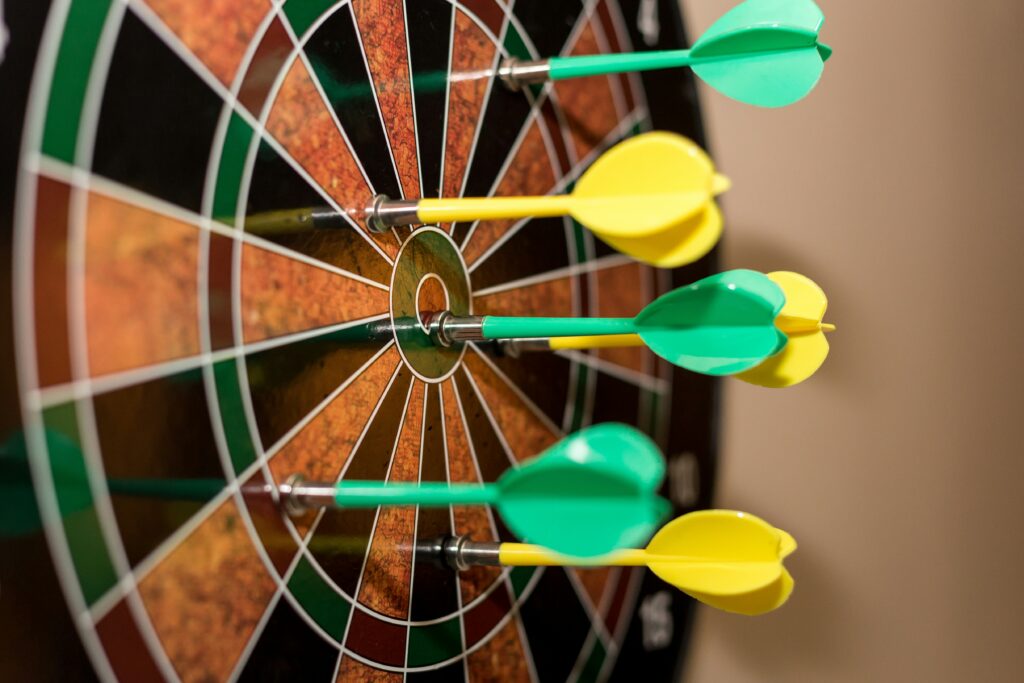
Conclusion
Game development is a complex and collaborative endeavor that requires an array of specialized skills and roles. From the initial concept to the final product, each team member’s unique contributions are vital for creating engaging and immersive experiences. By understanding these different roles and their responsibilities, we can appreciate the hard work and dedication that goes into bringing our favorite games to life.
Thank you for joining us on this deep dive into the intricate world of game development teams. We hope you now have a better appreciation for the many hands that work together to create the games we love. Whether you’re an aspiring developer, a seasoned pro, or simply a curious gamer, we hope this article has shed some light on the remarkable teamwork behind the scenes.

